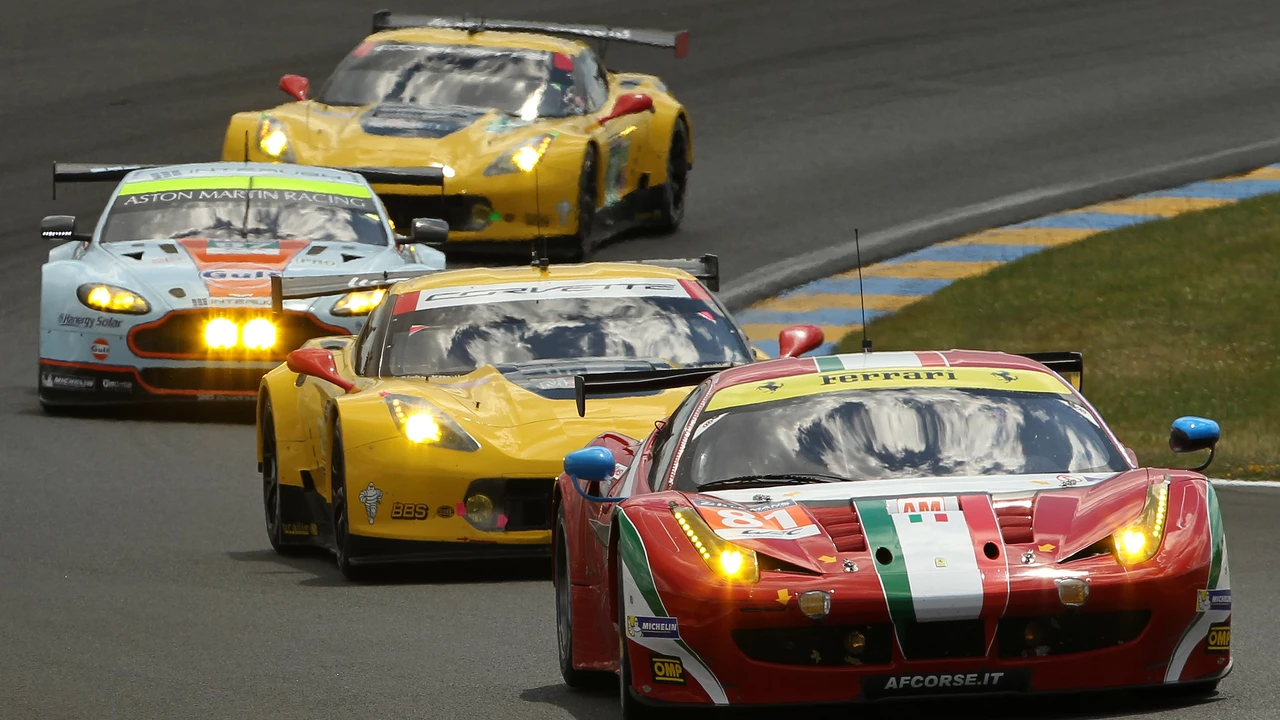Psychological Factors that Drive Motorsports Performance
Ever wonder why some racers seem to thrive under pressure while others crumble? It’s not just skill or a fast car – the mind plays a huge role. In racing, every split‑second decision comes from a brain that’s either calm or frantic. Below we break down the key mental elements that make the difference.
Focus and Concentration
When you’re barreling around a circuit at 200 mph, a single lapse can cost a podium. Drivers train the same way athletes train their bodies – they practice staying locked in for the whole lap. Simple tricks like breathing drills or a personal cue (“right‑hand down”) help keep the mind from wandering. Even computer engineers working on F1 telemetry need razor‑sharp focus, because a tiny coding error can skew data and affect strategy.
Mental Toughness and Resilience
Racing is a roller‑coaster of highs and lows. A crash, a bad pit stop or a sudden weather change can shake confidence. The best racers bounce back fast. They view setbacks as data, not defeat. MotoGP hopefuls, for example, spend months building endurance not just physically but mentally – visualising every corner, planning how to handle pressure when the crowd roars.
Resilience also shows up in team decisions. NASCAR added stages to keep fans hooked and to force drivers to re‑adjust strategy mid‑race. Those extra points make every segment feel like a mini‑race, so drivers must stay mentally fresh and ready to fight for every position.
Motivation and Goal Setting
Clear goals give a racer a roadmap. Whether it’s earning a first pole position or mastering a tricky turn, setting specific targets fuels daily training. Motivation isn’t just personal – sponsors, fans and even a rival’s success can light a fire. That’s why many drivers keep a “why” board in the garage, reminding themselves why they’re out there.
Fans also experience psychological factors. Watching a big clash like Newcastle United vs Bradford City in the Carabao Cup can boost excitement, stress, or even loyalty. The emotional surge can turn casual viewers into lifelong supporters.
Managing Stress and Anxiety
High‑speed environments naturally raise stress levels. Techniques such as progressive muscle relaxation, short meditation sessions, or even listening to a favorite playlist before a run can lower cortisol spikes. Teams now have sport psychologists on staff to help drivers keep nerves in check, especially before high‑stakes events like an IndyCar debut or a potential Ferrari entry.
Even engineers feel pressure when deadlines loom. Balancing tight development cycles with the need for flawless performance means they must keep anxiety at bay – a calm mind writes cleaner code, leading to more reliable simulation tools.
Team Dynamics and Communication
Racing isn’t a solo sport. The driver, engineers, pit crew and strategists all need to trust each other. Open communication reduces misunderstandings and builds confidence. When a pit stop goes smooth, it’s a sign the team’s mental sync is on point. If tension builds, even the best car can’t win.
In short, the mental side of motorsports is as vital as the mechanical side. Boost your focus, build resilience, set clear goals, manage stress and stay in tune with your team – and you’ll see the performance lift both on the track and behind the scenes.

Why do people enjoy watching car racing?
Cars racing, engines roaring, and tires screeching - there's something oddly satisfying about it, right? People enjoy watching car racing for various reasons, like the adrenaline rush, the competitive spirit, and the sheer love for cars. It's like a high-speed chess game, but instead of pawns and bishops, we have Ferraris and Lamborghinis. Plus, there's always that suspense of who's going to cross the finish line first. It’s not just about the speed; it's the strategy, the skill, and the thrill that gets our hearts racing!
© 2025. All rights reserved.